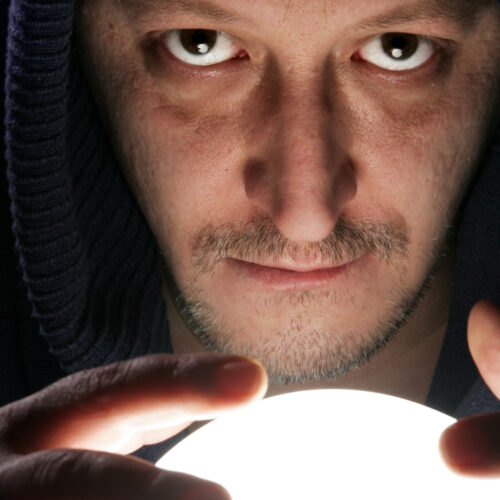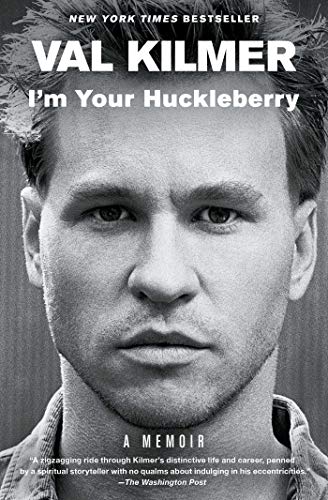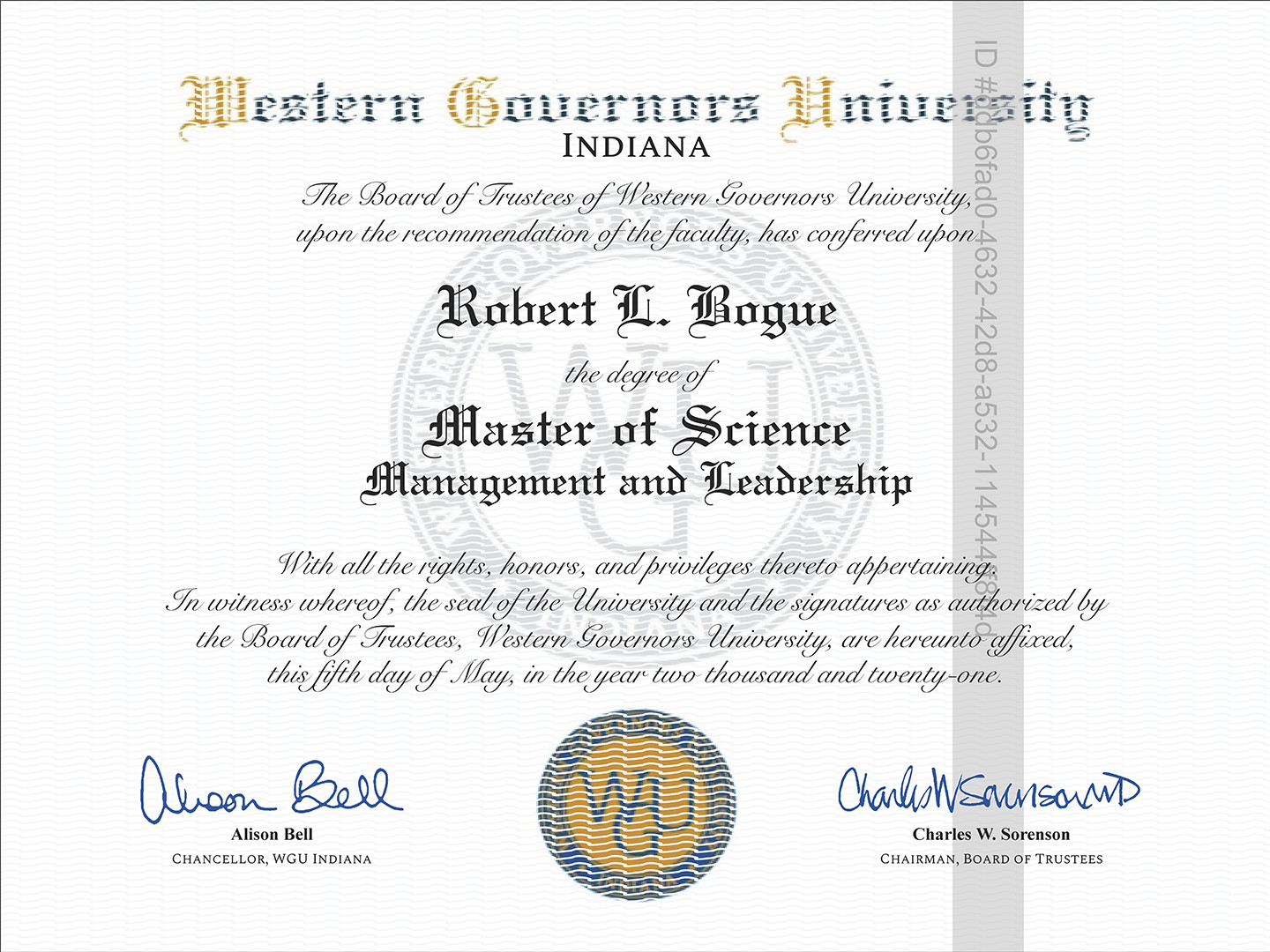
Understanding Trust and Betrayal
There’s a lot of talk about trust, but how much do we really know about trust? We speak of trusting others, but do we really know what we’re saying? Trust is both deceptively simple and infinitely nuanced. Trust is simply our perception of our ability to predict the behavior of someone else. Betrayal is when our prediction doesn’t match the actual behavior. Okay, but what does that mean, practically speaking? It means that you can be more conscious of what you mean by trust, learn to trust more, and to protect yourself more from betrayal.
Trust Can Be Negative
For the most part, when we speak of trust, we speak in terms of positive outcomes. We believe we can trust our accountant to do our taxes, and we trust our babysitter to faithfully protect our children. However, we’ve all had situations where we expect that what the person will do will be negative. We expect that the thief will steal from us if not monitored. We expect the person who has struggled their whole lives with substance use to return to use again.
In these cases, we have the expectation of a negative outcome. It’s still trust – but it’s framed negatively. We trust that we can predict their behavior and the outcomes for them, us, or humanity will be bad. We say that we “know” that someone will behave badly when that’s clearly not knowable in a literal sense. Of course, if trust is negative, then betrayal could be positive. It would be great to see our friend who has struggled with addiction succeed even if we didn’t expect it.
It’s recognizing that we can trust in negative outcomes that allows us to simplify trust to our ability to predict someone else’s behavior. By removing the attachments to the word “trust” and replacing it with “prediction,” we can look objectively at the situations and decide how confident we are in our predictions. The more that we believe in our positive predictions, the less we must invest in mitigating the impacts or the more we should be willing to risk for the predicted positive outcomes.
Prediction
Prediction is what human consciousness does. The evolutionary advantage of consciousness is that it allows us to prepare, predict, plan, and protect ourselves in ways that other organisms can’t. While it’s an amazing feat, it’s also subject to numerous limitations and biases. It was Lorenz who wrote about the butterfly flapping its wings setting off a tornado. Small, and unobserved, events can ultimately change a set of progressively larger events in a chain reaction that makes a large difference.
It’s not just weather that exhibits these characteristics. People, too, have hidden recesses of their psyche that we’ll never see or understand, and they can – and often do – change their behaviors. When we’re trusting, we’re expecting something from others based on the information we have – which will always be incomplete and limited. However, in many cases, this limited information is enough to generate positive value through trust.
Trusting Is Risky
However, inherently, trusting someone is a risky proposition. It requires a bit of mental algebra to calculate the amount of risk involved. On one side of the equation, we have the probability of betrayal and the potential impacts that the betrayal will have on us. On the other side, we have the probability that our prediction is correct and the benefits that it brings. We assume, for instance, that our accountant will do our taxes well and won’t steal from us. The benefits are that we get our taxes done without the painful learning process – and we don’t have to worry about an IRS agent showing up at our doors because we’ve not paid them. For most people, this is simple.
Babysitters are a bit more complicated. Here, we have a potentially high impact event. What if one of our children would be harmed or even die while they’re watching? The probability is very low of course, but it’s not zero. On the trust side, we get to go out to dinner and rejuvenate our relationship with our spouse. It’s frequent that two partners don’t evaluate these risks (or rewards) the same way. The result is that for one of the pair, there are more verification steps built in. Before the babysitter is selected, we look for certifications and references to increase our confidence that they’ll take good care of our precious children. During the date, we may call to check in – and verify. In today’s technological world, we’re also likely to check in with cameras and other forms of monitoring to ensure our expectations are being met.
No matter how mundane the opportunity to extend trust, we’ll find this basic algebra in operation. What’s the impact and probability of betrayal against the benefits of deciding to trust?
Trust Is Contextual
Algebra doesn’t change based on the context, but trust is different. While we speak as if trust is a constant, it’s highly contextualized. For instance, you can trust your babysitter to watch your children and your accountant to do your taxes – but woe to the person who trusts the babysitter to do their taxes and their accountant to watch their children. When we trust we really are saying that we can predict behaviors inside of a narrow band of established circumstances. You may trust the babysitter to watch your children while their love interest is out of town, but do you trust them when their love interest is in town, and you predict that they’ll have them over and become too distracted by them to appropriately monitor your children?
Whenever we’re evaluating trust, we must know what context that we have the trust – under what conditions we believe we’re able to predict the end behavior. Kurt Lewin said that behavior is a function of both person and environment. If we’re trying to predict behavior, we need to take both into account.
Trustworthy
Much has been made about people who are trustworthy – that is, worthy of trust. However, we often confuse the way trust works when we speak of people who are trustworthy. Even if someone is trustworthy, that doesn’t mean I must trust them. It means that they – and perhaps others – believe they should be given trust because they’ll do what they say they’ll do. It’s still your choice on whether you’re going to trust someone – and to what degree.
Trust is always a choice that you make. It can’t be demanded. Whether a person is trustworthy or not isn’t the point. The point is your decision to trust and that can be based on several factors, not just the trustworthiness of someone. In fact, even if someone is outwardly not trustworthy, the choice to trust them may be the difference between a continuing relationship and not.
Experience and Fear
Some people, through genetics and childhood experiences, are more likely to trust – and be betrayed. It can be winning the genetic lottery or developing a secure attachment with their guardians or other factors that we don’t fully understand. Conversely, individuals have grown up in unpredictable and relatively hostile environments where their very survival was in question repeatedly. They are thereby primed to expect a lack of safety and the need for fear. These extremes obviously make someone more – and less – likely to trust. For most of us, our experience growing up was somewhere in the middle – but it still influences our ability to take the risk of trusting. It’s better to not get the rewards but not take the risks for some of us.
At the heart of the difference between those who are more and less likely to trust is the degree to which we feel we have the coping skills if we are betrayed. These coping skills can come in the form of the things that we can personally do, or it can be in the form of the people that we believe (trust) will support us.
There are also factors about the way that we process that can make us over (or under) estimate the probability and impact of betrayal. Obviously, the larger the impact and the less likely we are to be able to cope, the less likely it is that we’ll extend trust.
Basic, Blind, and Authentic Trust
Most of the trust that we have in the world is so low stakes and normal that it falls well beneath our conscious radar. We expect that cars will stop at stop signs and stop lights even though we’ve heard cases where this hasn’t been true. We expect that our bank will have our money, that our credit card transactions will go through, that our phones will work, and the electricity will stay on. There are thousands – if not millions – of things daily that we simply trust because it’s easier.
Consider the situation of asking your colleague to look after your luggage at the airport while you go down the hall to buy a sandwich or use the restroom. Most people wouldn’t give it a second thought. That’s true whether we trust and respect the colleague or not. It’s simply too much trouble to make conscious decisions to trust about everything.
Sometimes, this gets converted into blind trust, where our trust is disconnected from the signals that might warn us that our predictions of someone’s behavior might be off. The owner who doesn’t follow up on the strange disconnect between profitability and assets. The wife who notices lipstick on her husband’s collar or handkerchief that isn’t hers but ignores it – or buys the weak story she’s told. This is where we’ve stopped looking at validating our predictions – and we’re putting ourselves at greater risk of betrayal.
In other times, we’ve got lots of data that reaffirms that the trust that we have in someone is well founded. There are those few people in your life who are always there without fail. The people that you know you can count on no matter what. You authentically trust them to continue their behaviors, because you’ve seen them do it again and again in a variety of different circumstances. Authentic trust is earned through having gone through bad things with people and knowing they’re there for you.
Building Trust – Make, Meet, Renegotiate
People wonder how they can make people trust them instantly. This isn’t possible, because other people are always deciding whom to trust and whom not to trust. However, you can build trust with other people. Benjamin Franklin had a simple way to build trust. He’d ask for someone to extend to him a small amount of trust. Often, he’d ask to borrow a book from someone. He’d read it and promptly return it. This simple act of meeting his commitment to return the book paved the way for larger and larger opportunities for trust.
Franklin’s model was simple. As for something small, make a commitment, and then meet the commitment. Keep doing that to continue to build trust. I’m sure there were times when Franklin couldn’t keep his commitment and he’d be forced to renegotiate. Perhaps to ask for an extra week or month to read the book before returning it – or maybe even to take it with him to France. By renegotiating, he continued to build trust because the other person knew Franklin was serious about his commitment and that he wanted to make sure that he met it enough to be willing to have uncomfortable conversations.
Franklin’s simple model of making a commitment and either meeting it or renegotiating before it came due helped people learn to trust him. Eventually, his name preceded him, and his reputation made it much easier to build trust with new people. They’d ask others for their perspectives, and the word “trust” would naturally arise.
Credibility
Knowing that, as humans, we’re wired to find shortcuts and be strategically lazy makes the reputational aspects of Franklin’s life make sense. When faced with a difficult decision about whether to trust Franklin – with things much more valuable than a book – it’s easier to look for markers than to do a thorough evaluation. Instead of personally gaining progressive experience with commitments, people would ask others. If I trust someone as a judge of character, and if they trust someone, then I should, too.
We see proxying trust today. Websites proclaim the brands they work with. Speakers show pictures of them speaking to presumably large crowds. Wealth experts are always seen speaking in front of mansions and expensive cars or on yachts. They are sending subtle signals of wealth to an audience trying to determine if they can be trusted. Instead of thoroughly evaluating people and personalities, we look for simple ways to accept their claims – or to reject them.
When we’re struggling to believe other people, a good question to ask is what subtle signals are they sending that is eroding their credibility? What credibility markers are they using that you either don’t understand – or don’t believe? For instance, I can claim 19 years in the Microsoft MVP program, which likely means nothing to you. It’s only in explaining that it’s a very reserved award for at most a few thousand people that must be renewed each year that you begin to recognize it’s a big deal – even if you still don’t know exactly what it means.
Contract, Communication, and Competence
Knowing whether to trust someone or not – to predict their behavior – is evaluated along three dimensions. First, there’s the contract. Will they honor their word, or will they do what’s right? Second, there’s the communication aspects. Will they, as Franklin did, notify us when things are changing and create the opportunity to shift our predictions together? Third, there’s their competency. They may have committed to something, but can they actually deliver?
Contract weasels are maddening. You think that your agreement – and therefore your prediction they’ll honor it – is air-tight. You’ve specified all the SMART things – Specific, Measurable, Achievable, Realistic/Relevant, and Timebound. However, somehow these people find a different way to interpret something in the agreement, and therefore you find yourself betrayed. Sometimes there are different interpretations without anyone being a weasel. The contract terms – explicit or implicit – weren’t clear enough to ensure a single, unified perspective.
Communication, as was already explained in Franklin’s example, is best done openly and particularly when a commitment can’t be met.
Jimmy Bakker’s Fall
Reverend Jimmy Bakker was revered by my grandparents. They religiously watched his 700 Club and PTL Club. That was until 1987, when allegations of sexual misconduct and improper use of ministry funds landed him in jail. It was 1961 when Bakker and his wife, Tammy, left college to become evangelists. It was decades of building trust, working hard, and convincing people to trust him with their money. It was undone in a matter of months. From riding high on the continuing waves of trust to getting crushed by a complete lack of faith in him.
This is at the heart of trust. It takes a long time of making and meeting commitments to build trust – and only a few moments or a single scandal to lose it. Once the bubble of trust has popped, it’s suddenly possible that people – or a person – may not be as predictable as they appeared.
Reciprocal and Reinforcing Trust
One of the quirky aspects of trust is that it seems to belong to the mutual admiration club. That is, we trust those people who seem to trust us. The more trust that people place in us, the more we’re likely to place in them. That’s why if we want to get trust from others, another strategy is to trust more. All other things being equal, the more we trust someone, the more they’ll trust us.
This reciprocal nature of trust often sets up a second factor for trust – its reinforcing nature. When the flywheel is spinning in a positive direction, we get more and more trust between people who trust each other. Each trust bid – each time we trust the other person – when completed reinforces that our predictions were well placed and allows us to increase our probabilities for the next cycle.
Trusting More
If you want to be trusted more, there are some simple tools you can use:
- Grant trust to others more frequently and in as large of degrees as you feel comfortable with.
- Evaluate the conditions that would cause your trust to be well-founded and cases where it would be ill-founded.
- Offer small opportunities for trust before larger opportunities.
If you want to know more about how trust, safety, vulnerability, and intimacy are related, you’ll want to see Trust=>Vulnerability=>Intimacy, Revisited.










